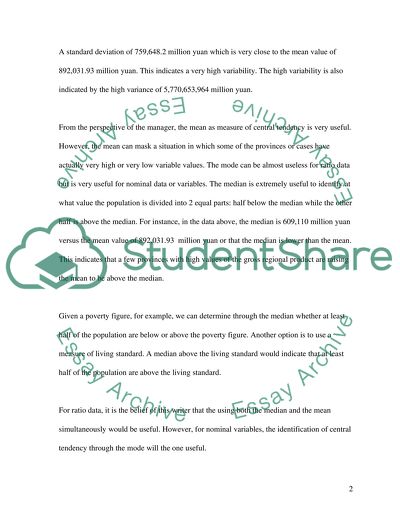Cite this document
(“Quantitative and Analytical Techniques for Managers Coursework Essay”, n.d.)
Retrieved from https://studentshare.org/miscellaneous/1566710-quantitative-and-analytical-techniques-for-managers-coursework
Retrieved from https://studentshare.org/miscellaneous/1566710-quantitative-and-analytical-techniques-for-managers-coursework
(Quantitative and Analytical Techniques for Managers Coursework Essay)
https://studentshare.org/miscellaneous/1566710-quantitative-and-analytical-techniques-for-managers-coursework.
https://studentshare.org/miscellaneous/1566710-quantitative-and-analytical-techniques-for-managers-coursework.
“Quantitative and Analytical Techniques for Managers Coursework Essay”, n.d. https://studentshare.org/miscellaneous/1566710-quantitative-and-analytical-techniques-for-managers-coursework.


